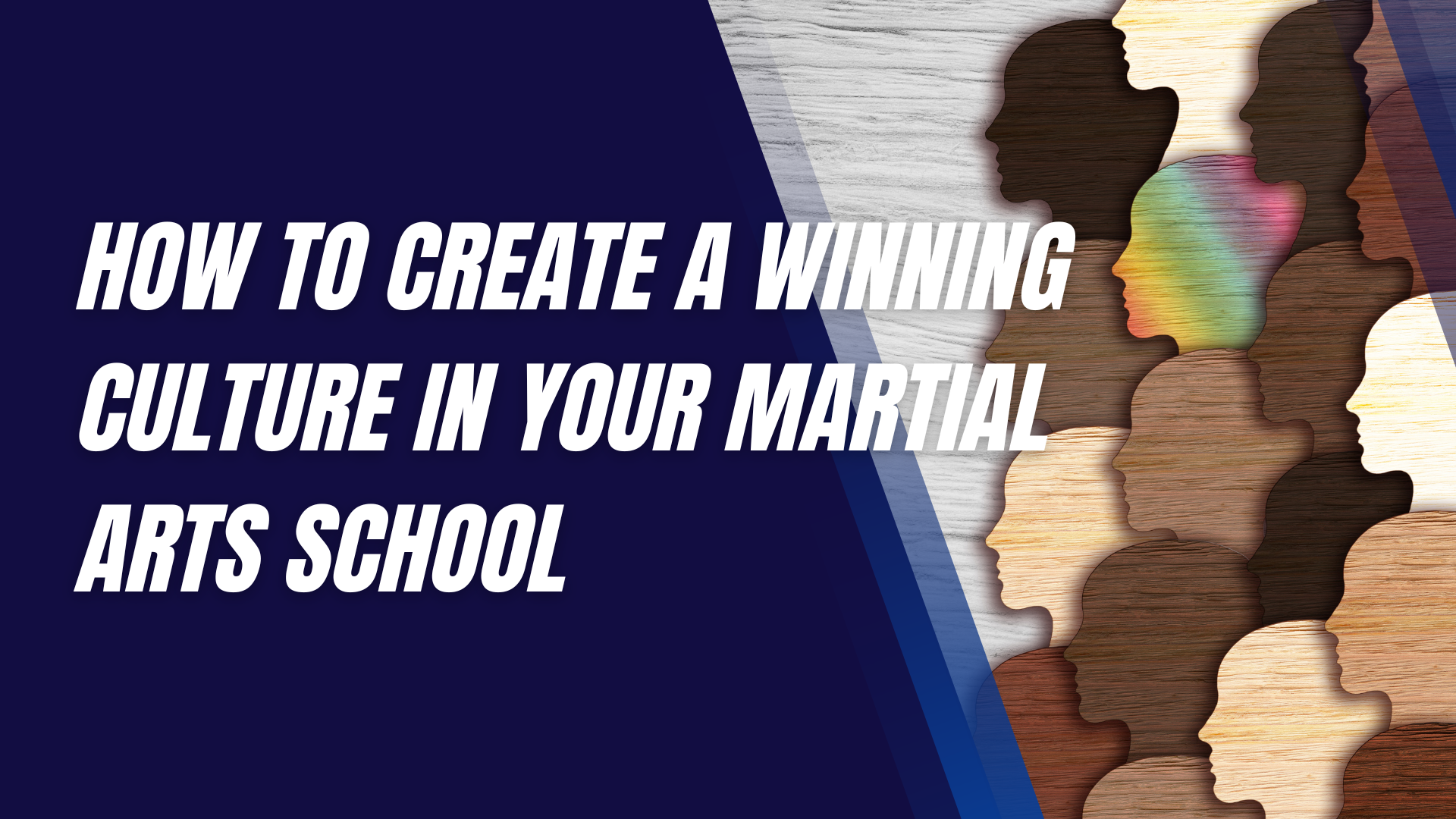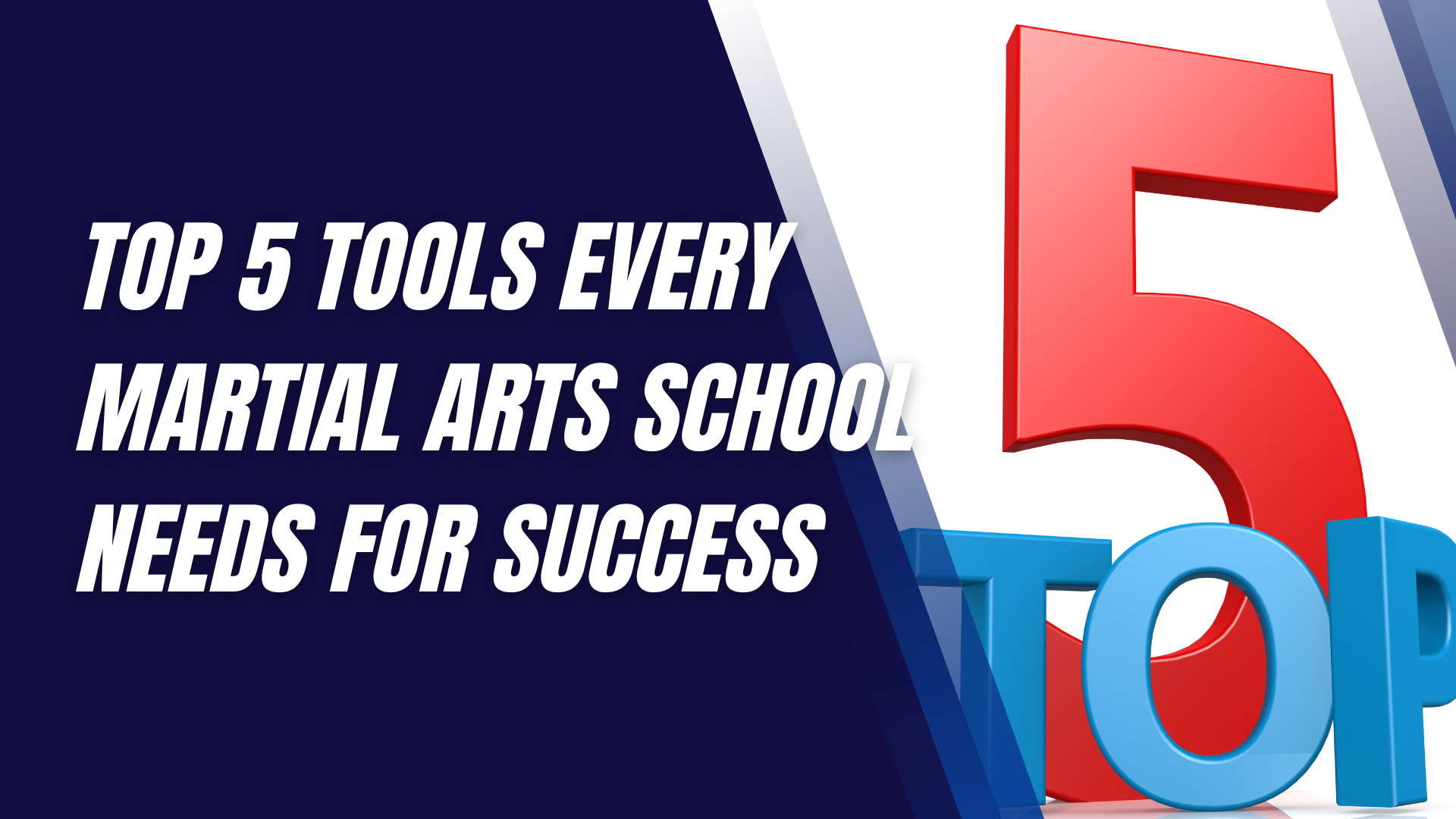The Cultural Significance of Martial Arts in Asia
Martial arts, a venerable component of Asian heritage, are more than just systems of combat training.
They are profound elements of cultural identity, deeply woven into the historical and philosophical tapestry of the continent. This exploration delves into their origins, styles, philosophies, and the roles they play in contemporary culture and beyond.
Historical Origins of Martial Arts
Tracing back thousands of years, the genesis of martial arts in Asia is shrouded in both history and mythology. Initially connected to the need for self-defense, hunting techniques, and military training, these arts quickly became imbued with the philosophical ideals prevalent in different regions.
Different Martial Arts Styles Across Asia
From the fluid movements of Chinese Kung Fu to the precise and disciplined forms of Japanese Karate and Judo, each style reflects its national character and historical context. In Korea, Taekwondo emphasizes speed and vertical kicks, while Thailand's Muay Thai is known for its powerful strikes and clinching techniques.
Martial Arts and Philosophy
Philosophy plays a pivotal role in martial arts. Concepts of Taoism and Zen Buddhism, such as harmony and mindfulness, are integral, influencing not only techniques but also the spiritual pursuit of practitioners. The flow of Chi or Ki (life force) is central to mastering these arts.
Martial Arts in Cultural Rituals
In many Asian cultures, martial arts are central to various ceremonies and festivals, symbolizing historical narratives and moral values. They are also integrated into traditional theater and dance, demonstrating the cultural depth and artistic value of these practices.
Martial Arts and Health
The health benefits of martial arts are widely recognized. They enhance physical fitness, flexibility, and coordination, and are equally beneficial for mental health, fostering discipline, confidence, and stress relief.
Martial Arts in Education
Incorporated into school curricula across Asia, martial arts are used to teach students discipline, respect, and perseverance. They are a vital part of physical education programs, contributing to the holistic development of young individuals.
Martial Arts and Entertainment
The global popularity of martial arts films, featuring icons like Bruce Lee and Jackie Chan, underscores the significant cultural export martial arts have become. These films have not only entertained millions but have also introduced the philosophical depths of martial arts to a global audience.
Global Influence of Asian Martial Arts
Martial arts have transcended their regional origins to become global phenomena. Adapted in various forms in the West, they continue to influence fitness, self-defense training, and competitive sports worldwide.
Martial Arts and Gender
Historically dominated by men, the world of martial arts is increasingly seeing robust participation from women, reflecting broader societal changes towards gender equality. This shift challenges traditional roles and opens the discipline to a wider audience.
Martial Arts for All Ages
Martial arts are uniquely accessible to people of all ages, offering tailored programs for children and the elderly. This inclusivity ensures that the benefits of martial arts can be enjoyed by everyone, fostering a lifelong journey of growth and learning.
Preservation and Innovation
While there is a strong movement to preserve ancient martial arts traditions, innovation is equally important. Modern martial arts continue to evolve, incorporating contemporary techniques and ideas while staying true to their philosophical roots.
Martial Arts as a Tool for Social Change
Beyond physical and mental discipline, martial arts are increasingly used as tools for social change. By promoting values like respect and understanding, they help foster community spirit and can even be used in programs aimed at conflict resolution.
Challenges Facing Martial Arts Today
Despite their many benefits, martial arts face challenges such as commercialization, which can dilute their traditional values. Balancing modernity with tradition is a continuous struggle for the martial arts community.
Final Thoughts
Martial arts in Asia are not merely forms of combat or physical exercise; they are living traditions that continue to play a significant role in cultural identity and expression. As they evolve, they remain a testament to the rich histories and philosophies of Asian societies.
Interested in trying a martial arts class? Find an affiliated academy anywhere in the country by clicking here.
Have your own martial arts program? Get to know more about what we have to offer at Ground Standard Agency for helping martial arts businesses grow.
Email us at info@groundstandard.com, or call and text us at (732) 907-8920 today to learn how to start growing your own academy, school, dojo, or gym with us as well.
Share this article












